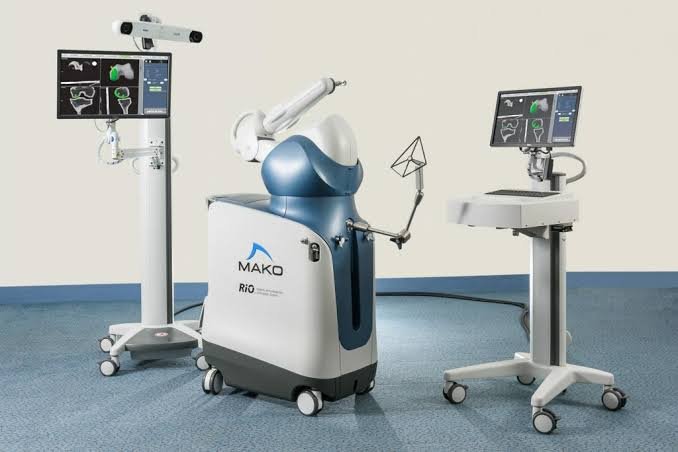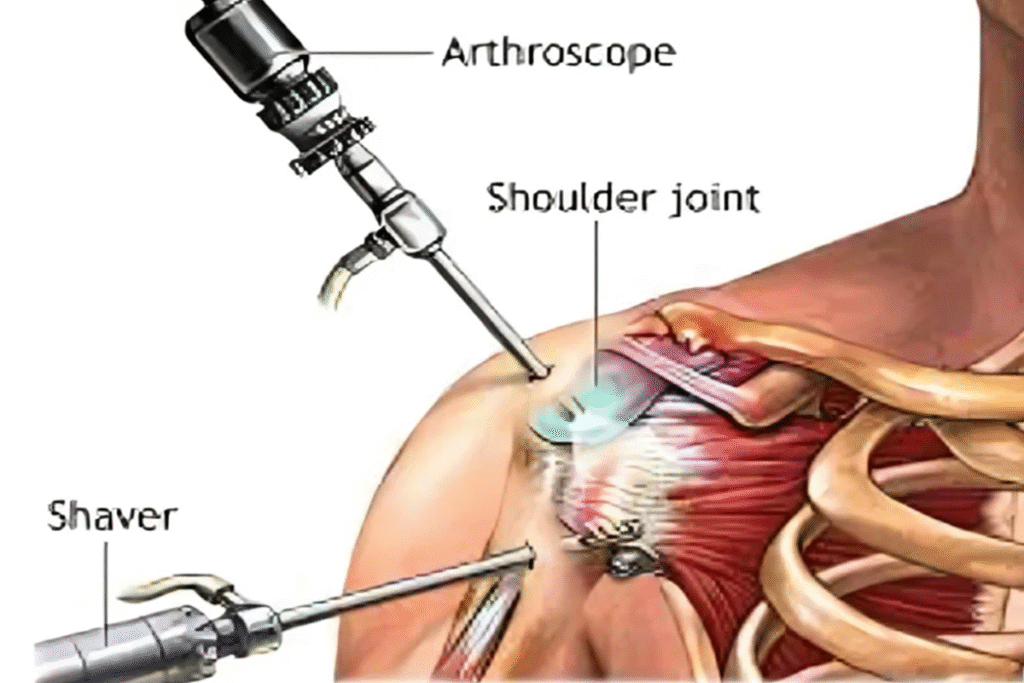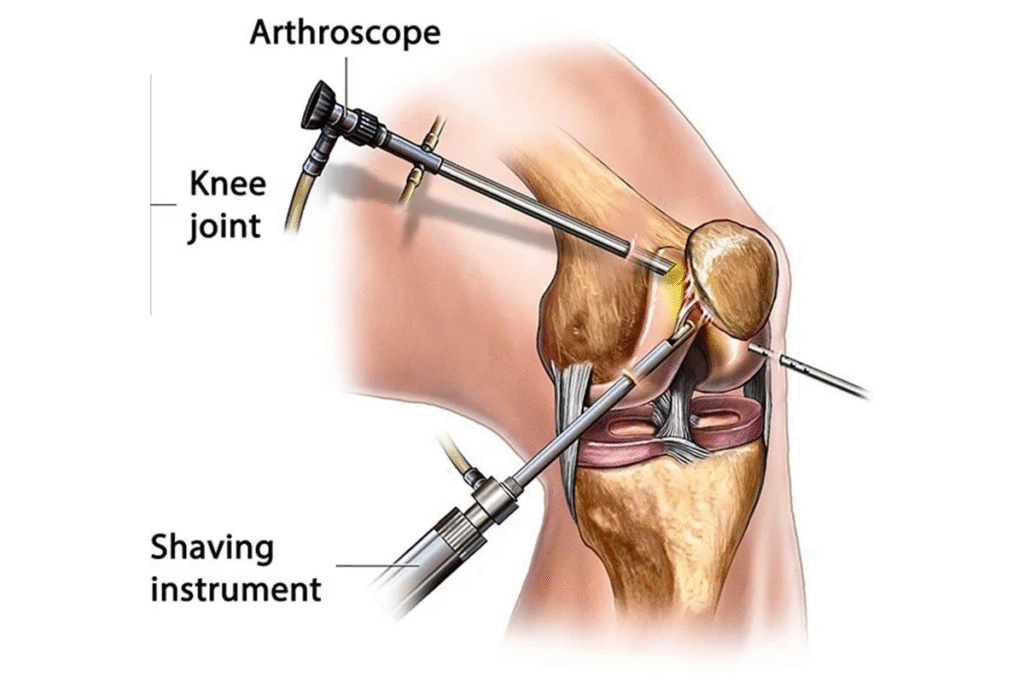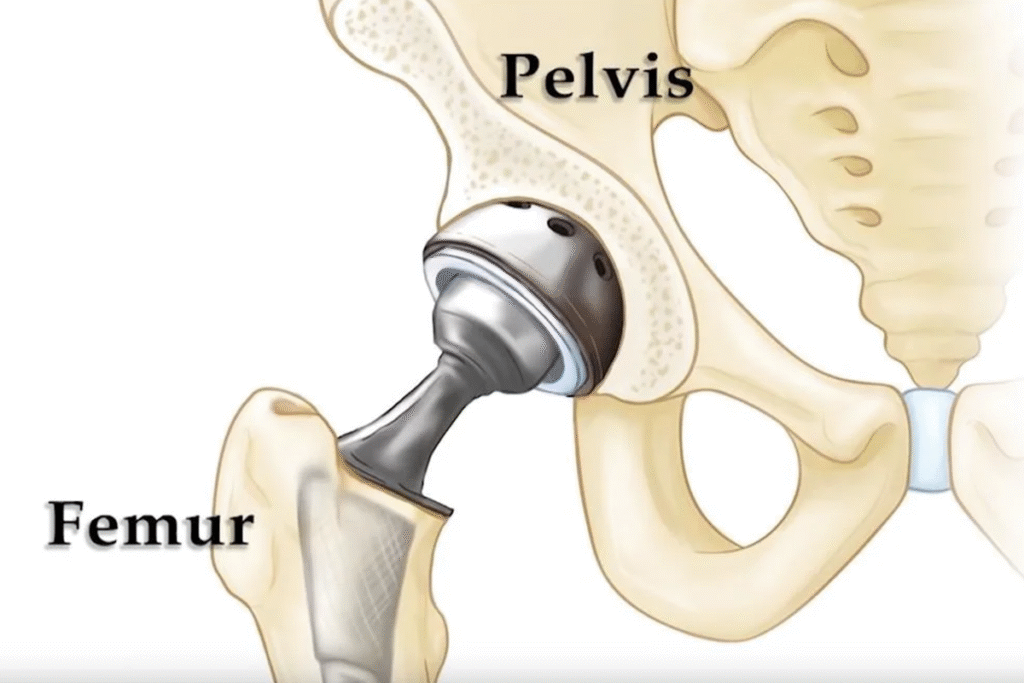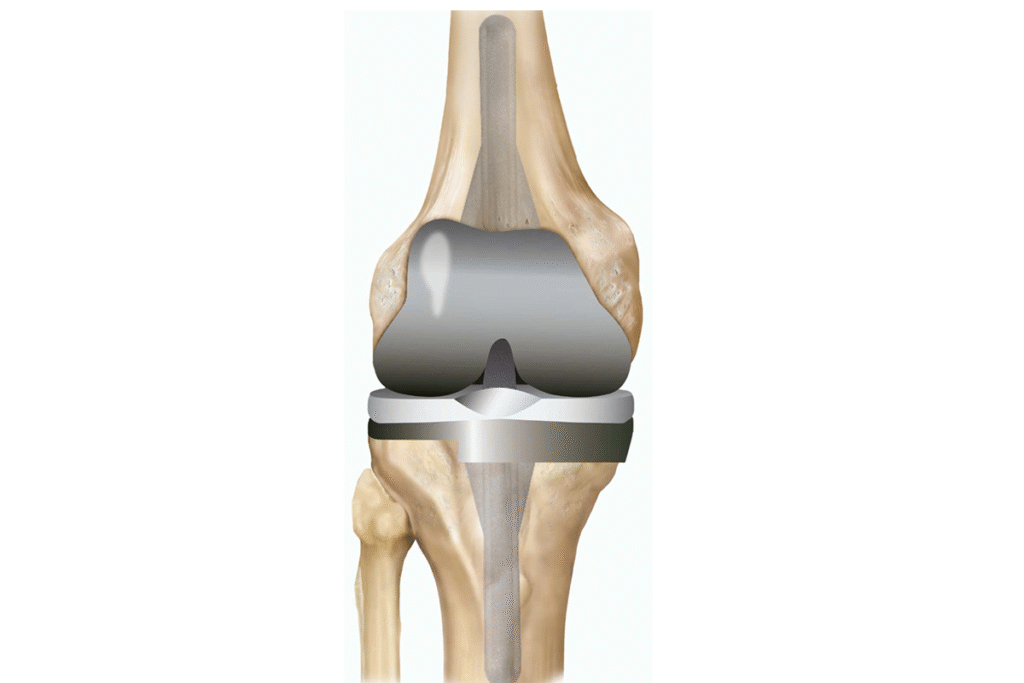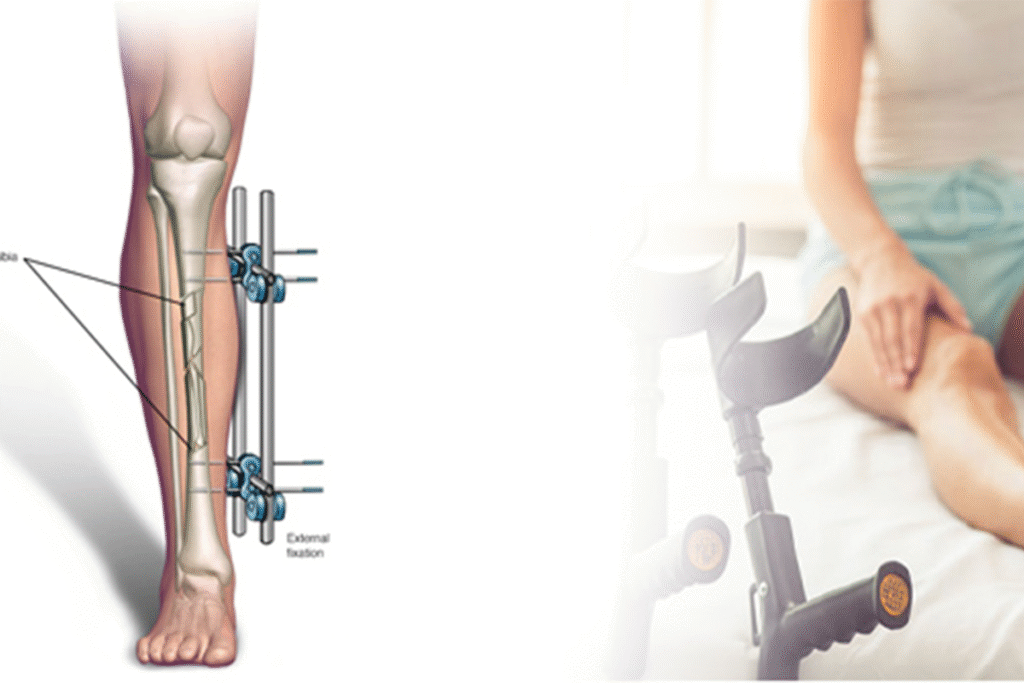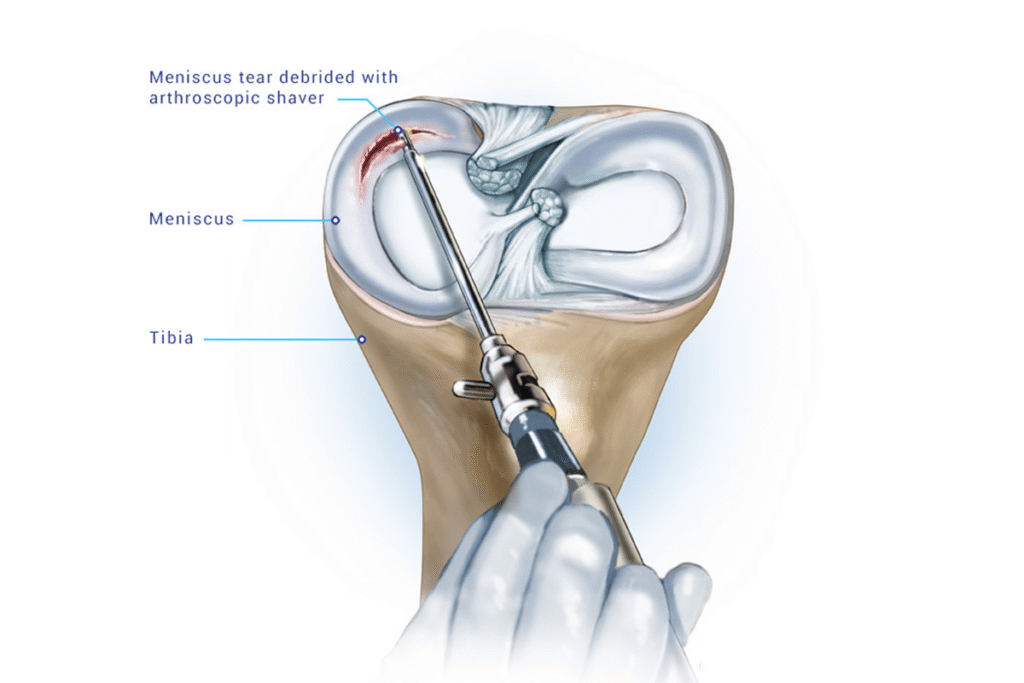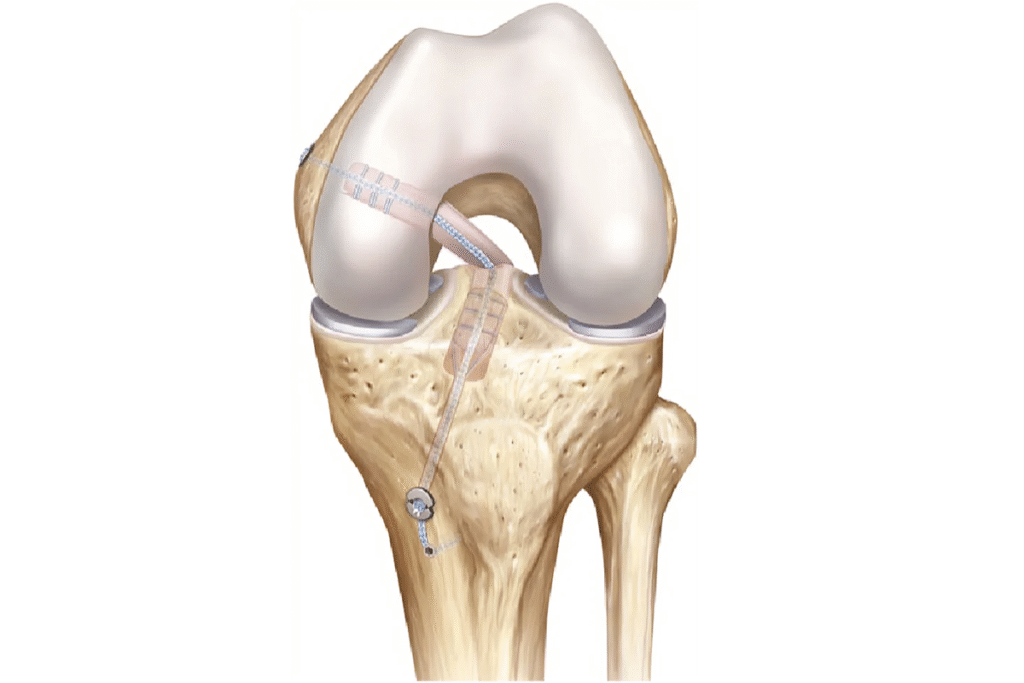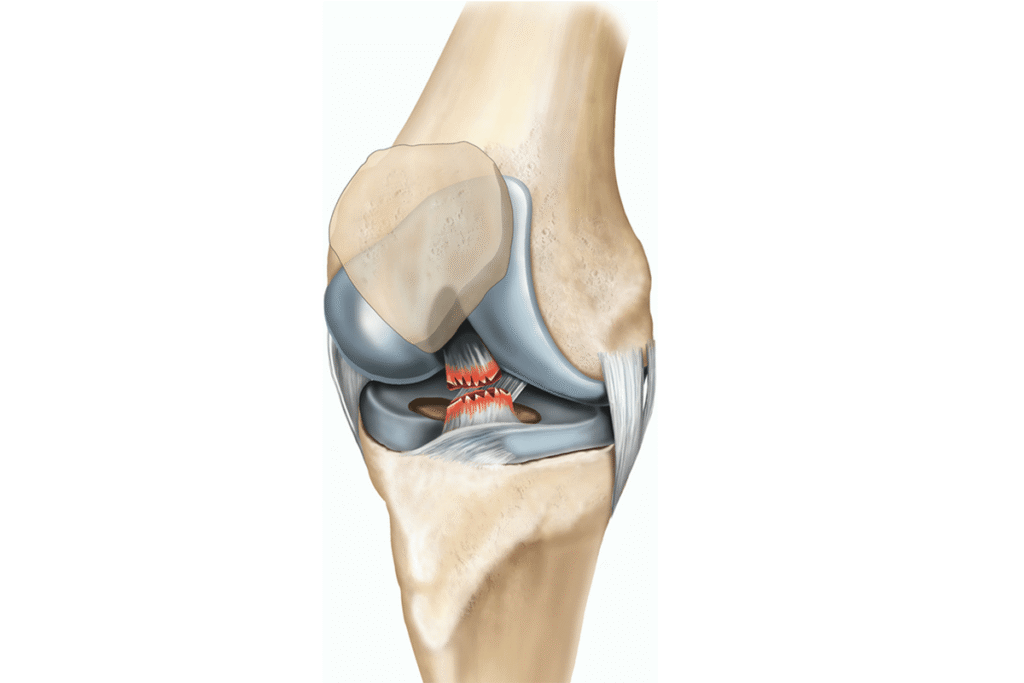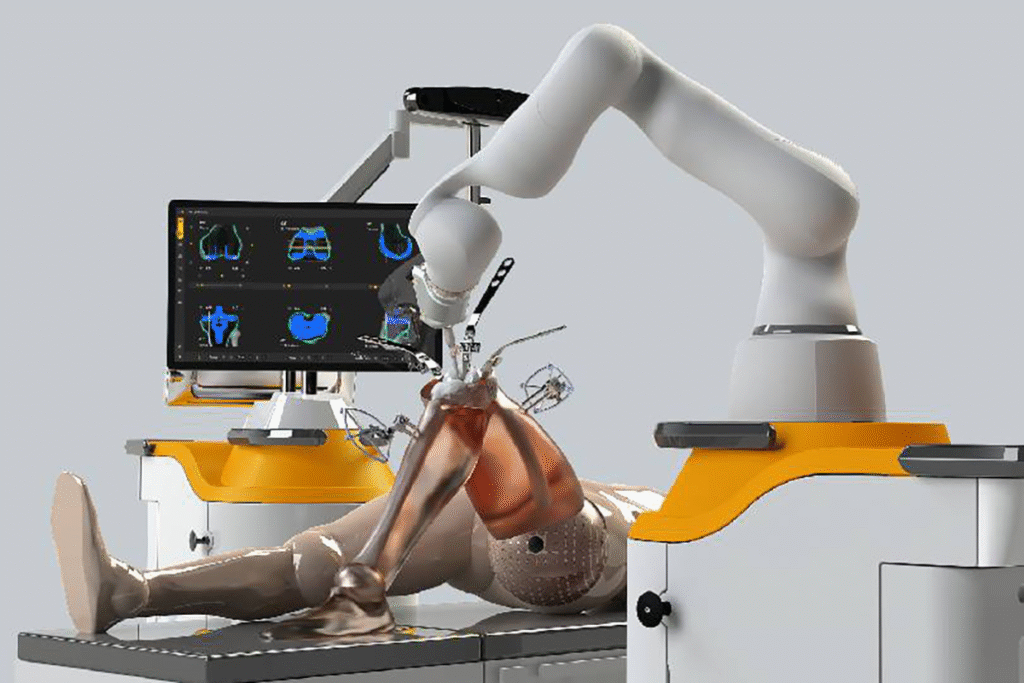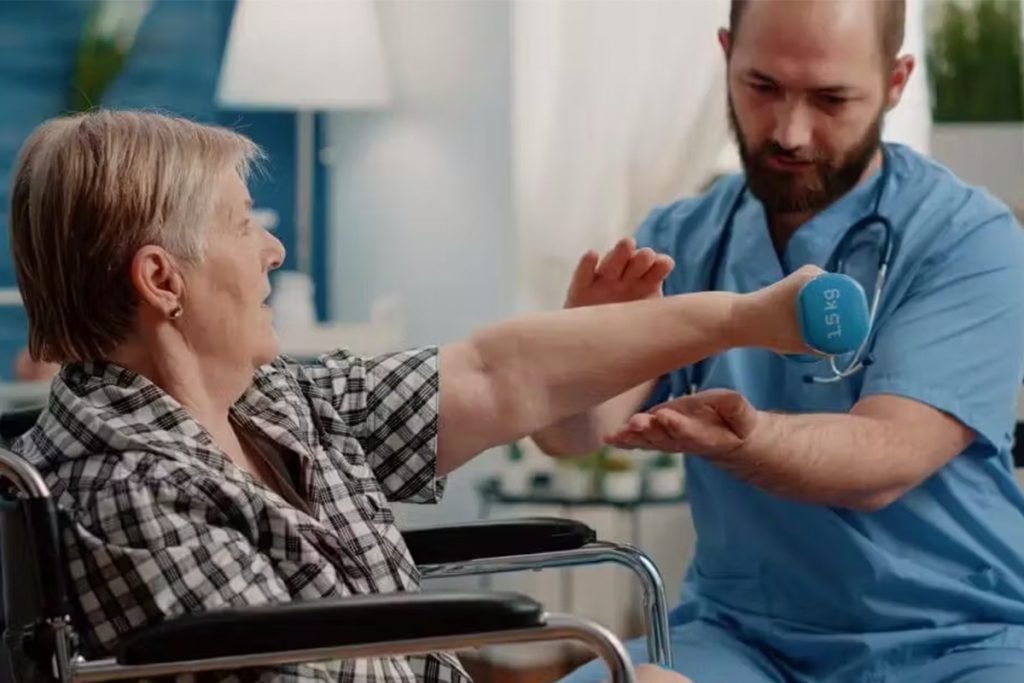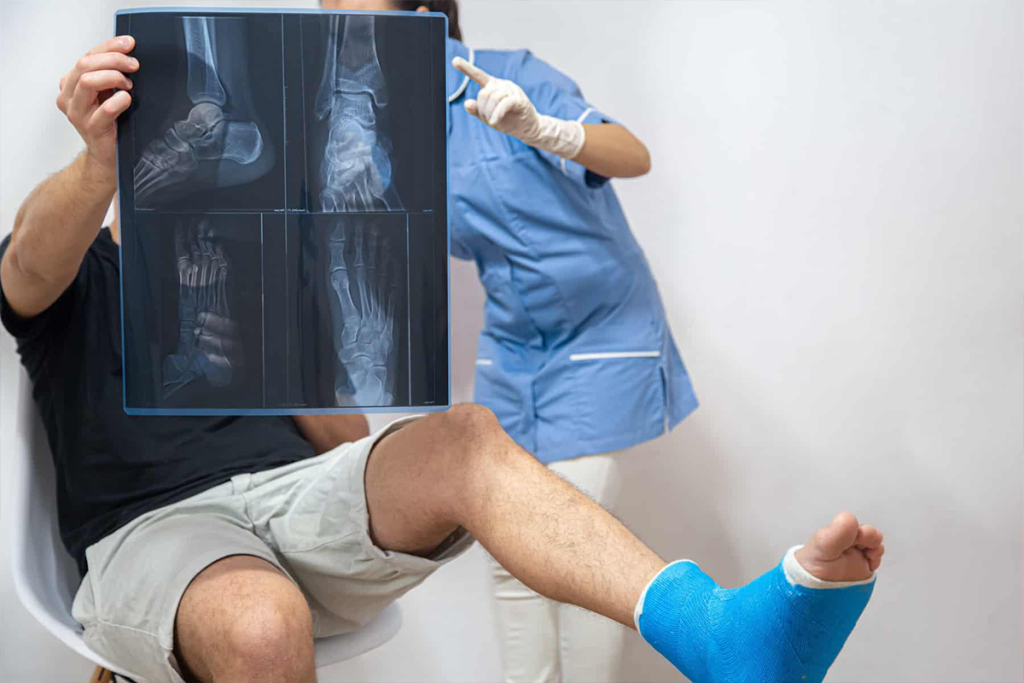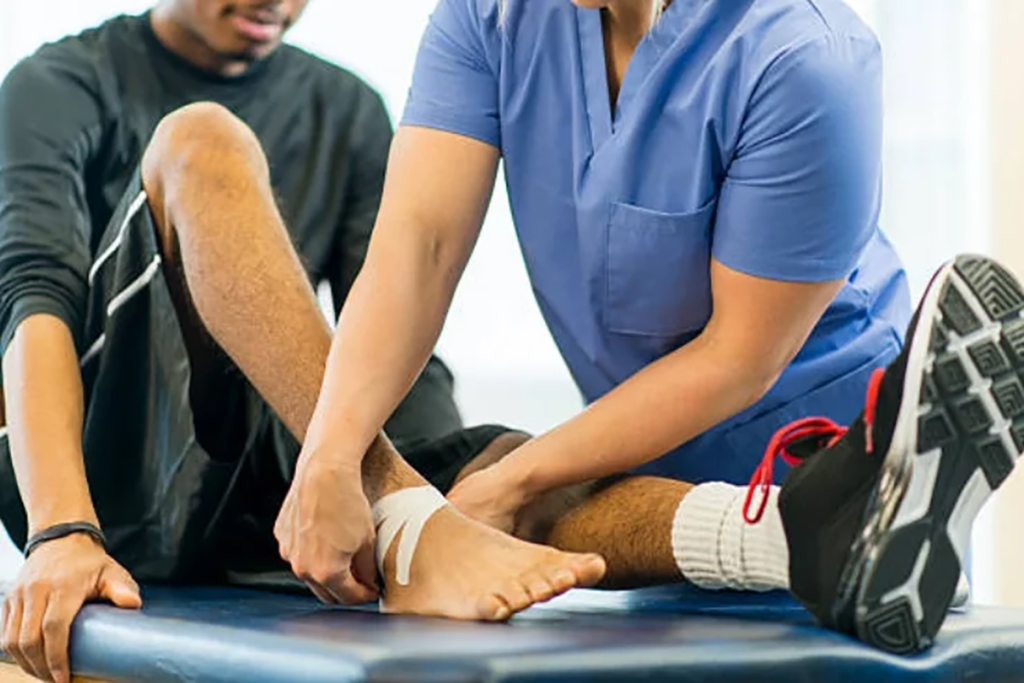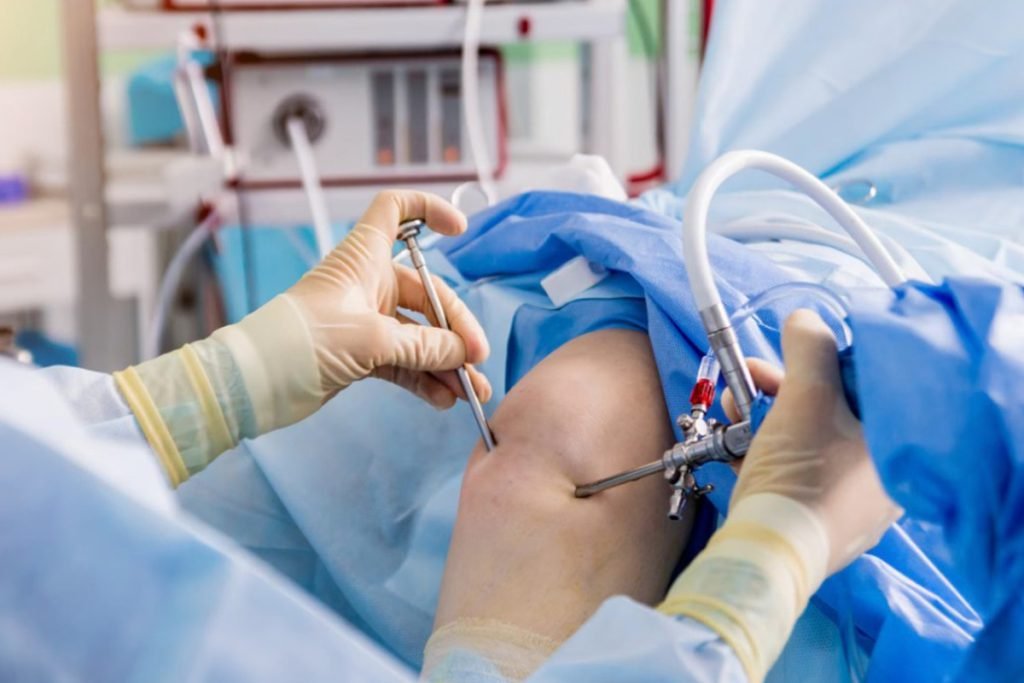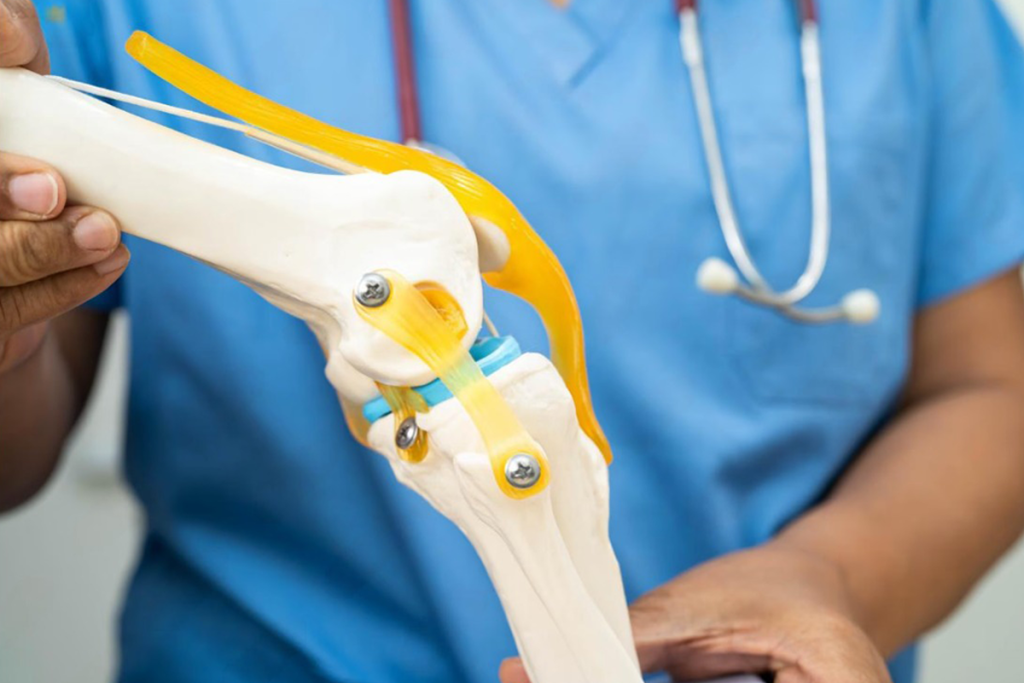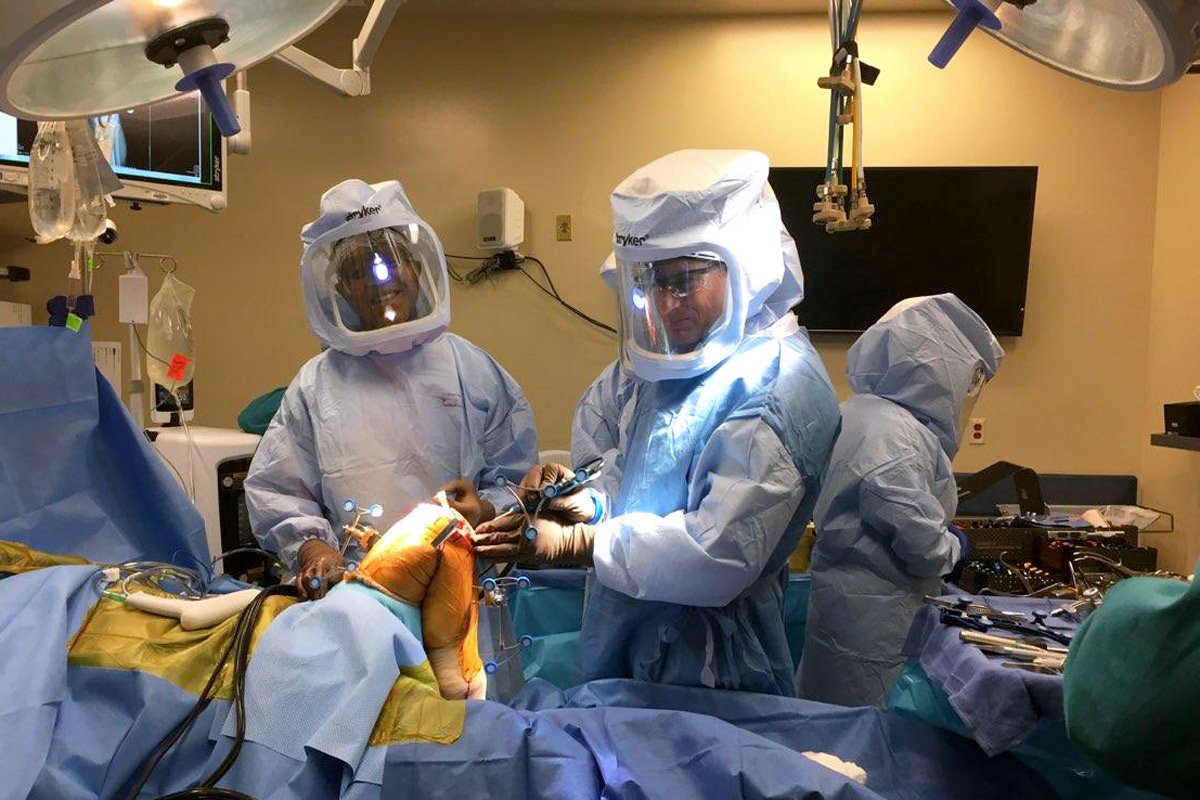Advancements in medical technology are transforming the way joint surgeries are performed. One such innovation is Robotic Knee Replacement in Gurgaon, which is increasingly being chosen by patients seeking better precision, faster recovery, and long-term results. Unlike conventional knee replacement, robotic-assisted surgery allows orthopedic surgeons to perform the procedure with greater accuracy, ensuring better alignment and improved implant longevity.
As a leading orthopedic surgeon in Gurgaon, I, Dr. Guruditta Khurana, am an expert in both conventional and automated knee replacement methods. In this article, I will explain how robotic surgery differs from conventional methods and why more patients are opting for this advanced treatment.
https://www.youtube.com/@RoboticOrthodoc_Guruditta
Understanding Traditional Knee Replacement
Traditional knee replacement surgery involves the removal of damaged cartilage and bone from the knee joint, which is then replaced with an artificial implant. This procedure is usually recommended for patients suffering from severe arthritis or knee injuries that significantly impact daily movement.
While the conventional approach has helped millions worldwide regain mobility, it does have certain limitations. Since it relies heavily on manual precision, there can sometimes be minor variations in implant placement, which may affect long-term outcomes.

What is Robotic Knee Replacement?
Robotic Knee Replacement in Gurgaon combines the expertise of the surgeon with advanced robotic technology. Contrary to what many believe, the robot does not perform the surgery on its own. Rather, it provides a very detailed 3D map of the patient’s knee to help the surgeon.
This allows for a more personalized surgical plan. During the operation, the robotic system guides the surgeon’s instruments, ensuring implants are positioned with extreme accuracy. This level of precision often translates to reduced pain, quicker rehabilitation, and a more natural feel after surgery.
Key Differences Between Robotic and Traditional Surgery
- Precision in Implant Placement
In traditional surgery, implant alignment depends entirely on the surgeon’s skill and manual techniques. With Robotic Knee Replacement in Gurgaon, computer-assisted mapping ensures that implants are placed with sub-millimeter accuracy. Correct alignment significantly enhances joint function and the longevity of the prosthetic.
- Personalized Surgical Planning
Traditional surgery typically follows standard measurements and estimations. In robotic-assisted procedures, a 3D model of the knee is created before surgery. This allows the surgeon to plan every step, customizing the procedure to the patient’s anatomy.
- Smaller Incisions and Less Tissue Damage
Conventional surgery often requires larger incisions, which may result in more tissue disruption. Robotic systems help in making smaller, more precise cuts. This means less blood loss, minimal scarring, and quicker healing.
- Faster Recovery and Reduced Pain
Patients undergoing Robotic Knee Replacement in Gurgaon often report less post-operative discomfort compared to those who opt for traditional surgery. The minimally invasive approach enables faster rehabilitation, helping patients return to their daily activities sooner.
- Improved Long-Term Outcomes
One of the key advantages of robotic technology is its ability to enhance implant longevity. By ensuring optimal placement and alignment, robotic surgery reduces wear and tear on the prosthetic, thereby improving the overall lifespan of the implant.
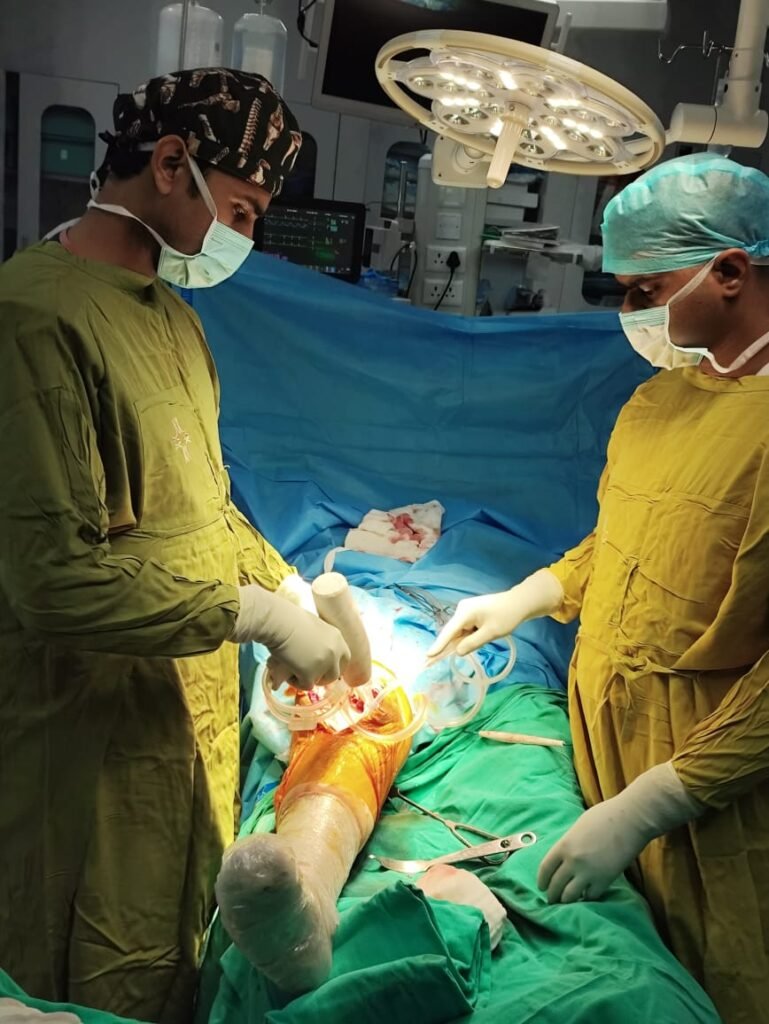
Who Can Benefit from Robotic Knee Replacement?
This advanced surgical technique is especially beneficial for patients who:
- Suffer from advanced osteoarthritis or severe knee damage.
- Have not responded well to medications, physiotherapy, or injections.
- We are looking for faster recovery and minimal downtime.
- Want long-lasting results with a natural range of motion.
If you are struggling with knee pain that limits your mobility, consulting an experienced orthopedic surgeon for Robotic Knee Replacement in Gurgaon could be the right step forward.
My Expertise in Robotic Knee Replacement
With years of experience in orthopedic surgery, I have witnessed how technology is revolutionizing joint replacement. At my clinic in Gurgaon, I combine surgical expertise with robotic assistance to deliver precise and patient-focused results. My approach prioritizes safety, accuracy, and long-term mobility for every patient.
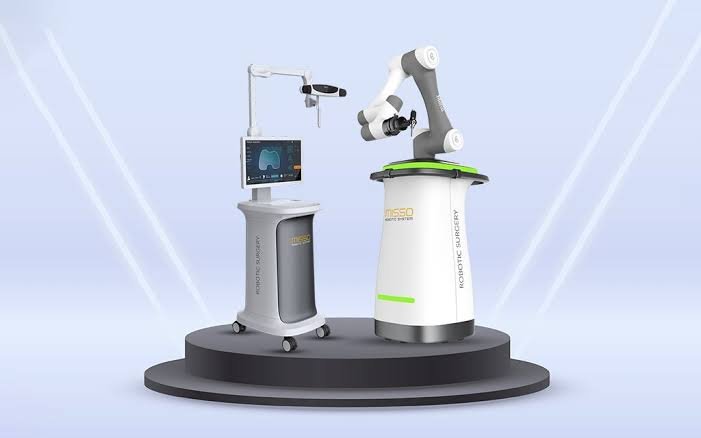
Conclusion
While both traditional and robotic knee replacement surgeries are effective in relieving pain and restoring mobility, robotic-assisted surgery provides a clear edge in terms of precision, recovery, and long-term success. For patients considering knee replacement, exploring advanced options like Robotic Knee Replacement in Gurgaon can make a significant difference in their quality of life.

